Things to Know When Visiting Ethnic Groups in Sa Pa
However, each group has their own cultural identities as well as the taboos that tourists coming here should pay some attention. This article is going to show you some of the things that should be noted when you come to visit the locals in Sa Pa.
Arriving at the villages
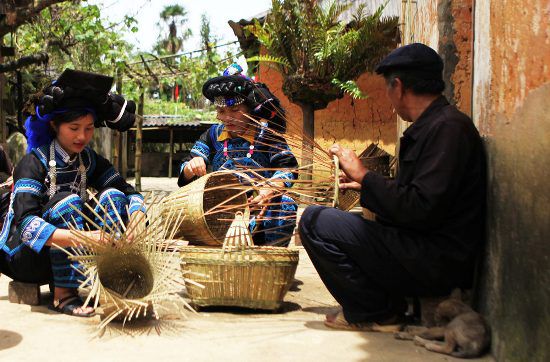
A daily imagine of Ha Nhi people in Sa Pa.
ln the villagers have a day off from work and do not allow strangers to come into the village. If any stranger enters the village accidently while wearing hat, carrying umbrella, or basket or backpack, he/ she will be punished by paying tribute the whole offerings to reorganize the ritual. In case of emergency, the stranger wanting to enter the village must take off his / her hat, backpack, or anything carried. Only by that way, can they get less or no punishment.
Each village of the ethnic group has their own restricted forest worshipping their supernatural powers. The worshipping place can be a foot of a large tree, a big stone in this forest. Restricted forest is the general forest of the village. All the villagers voluntarily protect the forest, prevent others from cutting down trees or throwing garbage. Young boys and girls are not allowed to come there for confidence.
Visiting a local house.

The hill-tribe on the rice-terraces of ethnic people in Sapa.
The traditional houses of the Black Ha Nhi are those with two layers of door in which the strangers should only enter the first layer. In case you want to get into the second layer, you must get the permit from the household. Houses of the Thai have step. Women can only get on the step on the left hand side and cannot walk in the right hand side one. The most important position in the house like the middle compartment or the first corner of the house is the place for ancesstor worshipping. The decoration at the worshipping place is different between ethnic groups, but they have the same comcept: this is the most sacred place. Visitors cannot voluntarily put their hats, clothes or other accessories on the local worshipping place. They also cannot touch the worshipping products and cannot let their back facing the alter. With the Black Thai, women are unable to come to the worshipping place in their houses.
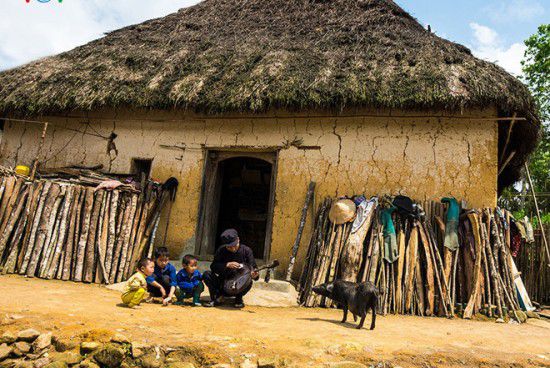
The house of Ha Nhi people looks like a giant mushroom.
The stove (or cooking area) of the ethnic groups here serve as both cooking area and guest receiving sector. It is also the sacred place worshipping fire god and cooking god. Thus, there are some taboos related to the this area. For people sitting next to the stove, it is unable to put your feet on or move the stones which the stove are put on, as according to some ethnic groups, these stones are the living place of fire god. While cooking, some groups including Tay, Nung, Thai, Giay, Bo Y, Lao, Lu, etc., often pay attention on the direction of the pot handles to ensure that they are not folow the direction of the house crossbeam as it is believed that it is the lying direction of dead body. The pot handles must follow the way of the house ceiling bar. For the Hmong, Dao, Ha Nhi, while put firewood into the stove, they do not put the top first as they believe that their daughter later will have problem while having birth (giving birth at the wrong direction).
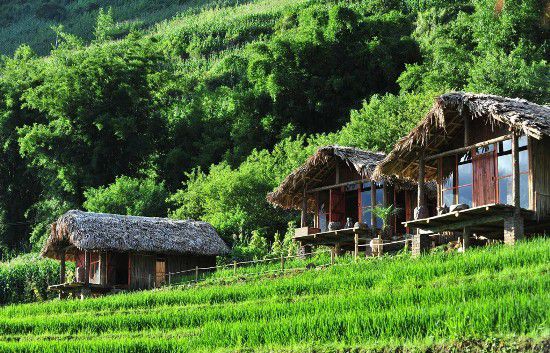
The traditional houses with leaves-roof in Tavan village.
While sitting next to the stove, so not face the back to the fire or step on the stove, do not push the firewood into the stove by foot; do not have rice baked as they believe that these activities can lead to a loss crop later.
In the houses of these groups, the doors and the main pillars are also the sacred palces to worship door god, pillar god. Thus, it is avoidable to sit on the threshold or hang your hats as well as lean on the main pillar of a house. In the region of the Thai, Tay, Khang, La Ha or Phu La, it is a taboo to bring a long a branch of green leaves or veetable while entering the main door. They also avoid whistling inside the house because it is believed to be the call for ghost and natural disasters.
Daily communication

Communicate to the local people, you will feel that they are very cute and special.
Remember to avoid saying some vulgar words like Meo Man, but replace by the Hmong, the Dao. You should not also speak too loudly with some strict actions or have any argument with the old, women and cildren.
Eating: Each group has their own conception about the seat while having meals, so you should be noted to avoid sitting at some special locations. For the Giay and the Dao, the row of seats next to the alter is spent for the eldest peoples in the family as well as the most respectful guests. For the Hmong, when their parents pass away, the position at the first end of the dining desk is a vacant without being taken as in their opinion, that seat is for their parent’s souls. In the house of Thai, Tay and Muong people, there are two small cups on the window threshold which is said to be the cups for their ancesstors to greeting guests, so gusts cannot sit there. Be noted to avoid the position next to the oldest people in the meal (if you are not invitedby the household; do not sit in front of others and let your back facing the alter/ do not get the chickend head and chicken feet, chicken liver without being invited by the household; avoid taking loudly during the meal time.

Don't miss a cozy meal with the host.
Before having meal, you should be patient to wait until the household finish their rituals of inviting ancesstors and wishing for blessings. Visitors should not have food befor the host. When finish your meal, don’t put your cup and bowl up side down on the tray.
Sleeping: do not lay along the direction of the ceiling bar (only dead body can lay like this). Do not use the white mosquito – net; do not wake up too late; do not sleep under the altar. Every house of the ethnic groups here includes a sleeping section for guests, so you need to follow the guides from the host and do not sleep with your foot looking forward the alter.
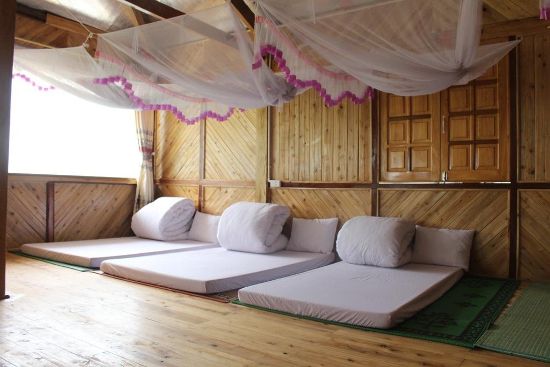
You can choose to overnight at the simple stilt houses of minority.
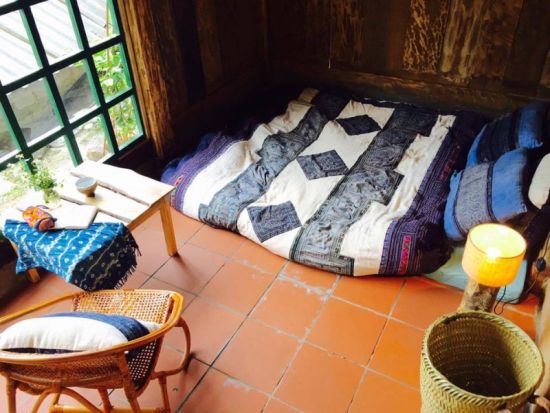
Or relax at the professional homestay.
Dustin R :
Emilia S :Our beautiful guide May, has taken us the first day of ours on a very long trek. We just met 2 other visitors and it genuinely thought a unique experience. She willingly answered all the questions of ours and did not mind that our children needed to walk slowly and also look at the creatures we passed by. The day concluded with a fabulous prepared meal. We felt special and welcome. Thanks! The next day she has taken us to an touristy area, that was fantastic, the children loved it much more as there is much more to find out in the process.
We did a lovely guided trekking tour down to Muong Hoa valley. It was more and more beautiful as we passed by so many beautiful ricefield terraces and authentic hilltribe villages. We enjoyed much our lovely dayAshtonulti :
If you want a good trek while in Sapa, then I can really recommend Fareastour
Our spritely guide May was like a ball of positive energy as she took us through Sapa and the surrounding countryside. I want her to be our friend.
We did a motorbike trek one day and the Matra and Taphin one day trek the next. Both were amazing. You'll walk through the rice fields and get close enough to see actual rice.
The lunch both days was also amazing - I could have kept eating until I passed out. They are really good at guided tours.
Related Guides
(+84) 3 87 86 68 52
Testimonials
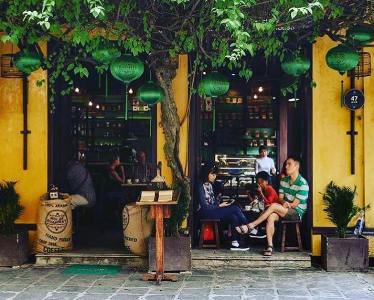
Excellent arrange, a really adapted proposal to our request
We were a group of 3 couples, chose FarEastour for our trip in Vietnam. We had some wishes:...
Highly recommended travel agency
We are very happy with our 22 days trip organized by Far East Tour! Our travel consultant,...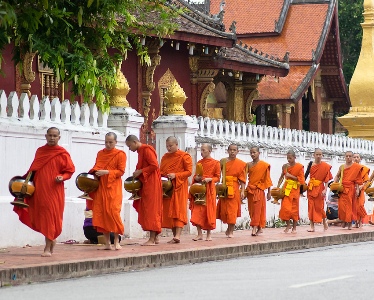
Dear Esther, I had a great time in Asia! You did arrange everything so perfect. Thank you so...

Touch with you again and remembering our unforgettable trip
Dear Christine, Hello, is good getting in touch with you again and remembering our unforgettable...
We had a very pleasant tour on Douce Mekong
Dear Wind, Thank you once again for your assistance, we had a very pleasant tour on Douce...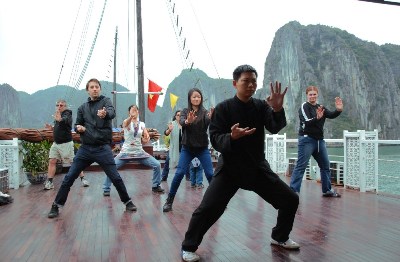
The trip to Ha Long Bay exceeded my expectations
Morning Esther, Now that I have returned to Australia I just wanted to send you a quick...
My trip to Sapa with your company has been great
Thanks a lot for your collaboration. About my trip to Sapa with your company has been great. The...
13 Days From Hanoi to Mekong with lots of happiness
We have been very happy having Mr Cong as a guide for Hanoi, and our cruise in Halong Bay was...
We asked Far East to put together a tour of Vietnam from north to south. They promptly emailed a...

Very professional and experienced travel agent
Very friendly and professional travel agent. Good advice given on what type of journey suits you....
I recommended your company to our travel agent in Germany
Dear Christine, Everything was fine, also the food. And for the vegetarian they tried special... Vietnam Tours
Vietnam Tours Vietnam Touren
Vietnam Touren Voyage au Vietnam
Voyage au Vietnam 越南旅游
越南旅游 越南旅遊
越南旅遊

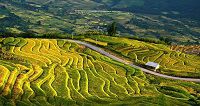

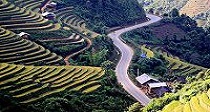
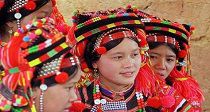
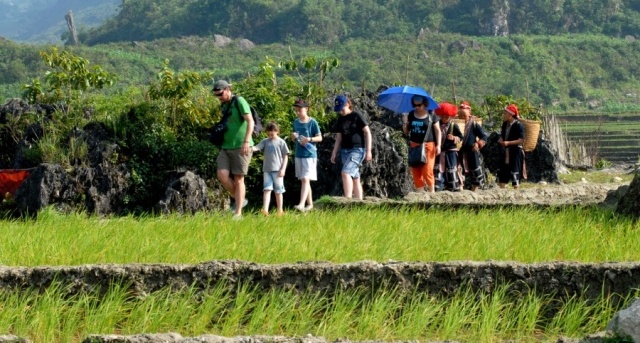




24/7